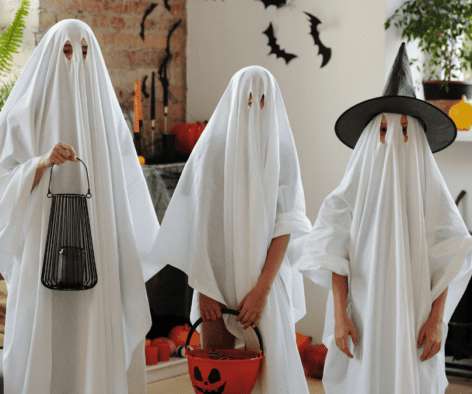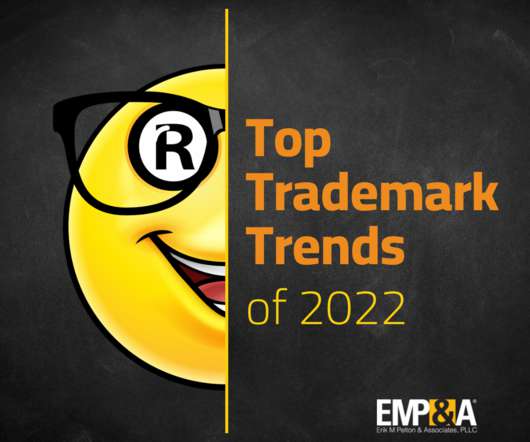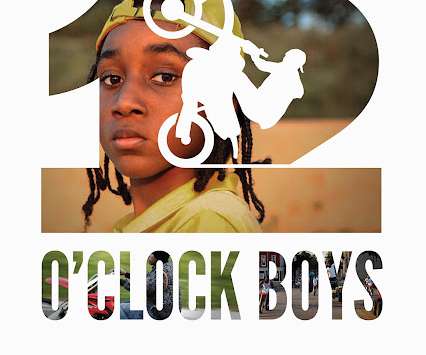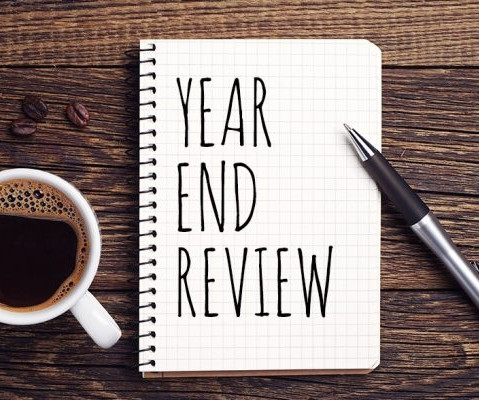A National Right of Publicity: the Federal Anti-Impersonation Right (FAIR)
Patently-O
JULY 19, 2023
Trademarks and trade secrets followed a different path – developing under state common law before later later gaining federal protections; with trade secrets moving federal most recently via the Defend Trade Secrets Act (DTSA) of 2016. How should we balance free speech, parody, and fair use concerns?














Let's personalize your content